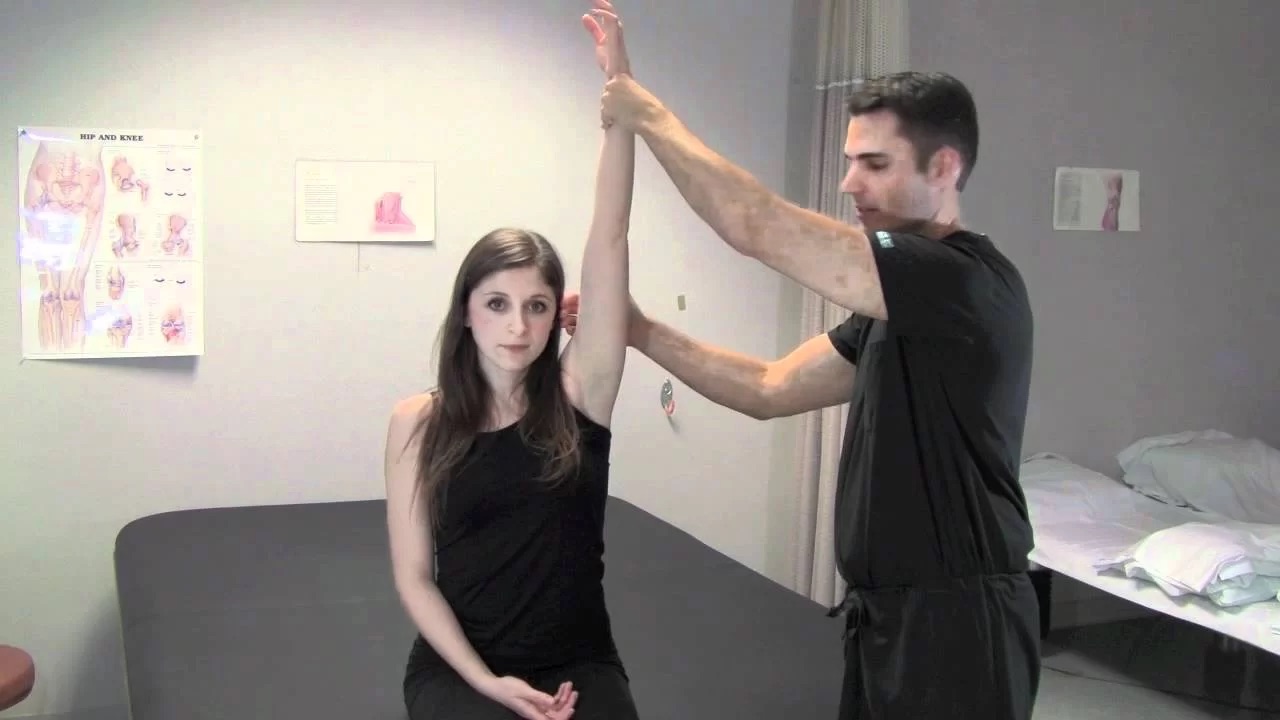
Neer Impingement Sign is a clinical test used by doctors to diagnose shoulder impingement syndrome. This condition often causes pain and limits movement in the shoulder. Shoulder impingement happens when the tendons or bursa in the shoulder get pinched during arm movements. The Neer test involves raising the patient's arm while keeping it straight, which can trigger pain if impingement exists. Understanding this test helps in recognizing shoulder issues early, leading to better treatment options. Whether you're an athlete, a fitness enthusiast, or just curious about shoulder health, these facts will give you a clearer picture of what Neer Impingement Sign entails.
Key Takeaways:
- Neer Impingement Sign is a simple test named after Dr. Charles Neer, used to diagnose shoulder impingement. It helps catch the problem early, especially in athletes who do repetitive overhead movements.
- Understanding the symptoms, causes, and treatment options for shoulder impingement can aid in early detection and prevention. Simple lifestyle changes and proper care can make a big difference in shoulder health.
What is Neer Impingement Sign?
Neer Impingement Sign is a clinical test used to diagnose shoulder impingement syndrome. This condition occurs when the tendons of the rotator cuff muscles become irritated and inflamed as they pass through the subacromial space. Understanding this sign can help in early diagnosis and treatment.
-
Named After Dr. Charles Neer: The test is named after Dr. Charles Neer, an orthopedic surgeon who first described it in 1972.
-
Common in Athletes: Shoulder impingement is prevalent among athletes, especially those involved in sports requiring repetitive overhead movements like swimming or tennis.
-
Pain Indicator: A positive Neer Impingement Sign indicates pain when the arm is raised forward, suggesting shoulder impingement.
-
Simple to Perform: The test is straightforward. The examiner stabilizes the patient's scapula and then passively raises the arm.
-
Part of Physical Exam: It's a routine part of a shoulder physical examination, often used alongside other tests like the Hawkins-Kennedy test.
Symptoms and Diagnosis
Recognizing the symptoms and understanding the diagnostic process can aid in identifying shoulder impingement early.
-
Pain Location: Pain is typically felt on the front or side of the shoulder.
-
Pain During Activity: Symptoms often worsen during activities involving overhead arm movements.
-
Night Pain: Many patients report increased pain at night, making it difficult to sleep on the affected side.
-
Limited Range of Motion: Shoulder impingement can lead to a reduced range of motion, especially in lifting the arm.
-
Weakness: Some individuals experience weakness in the shoulder, impacting daily activities.
Causes and Risk Factors
Understanding what causes shoulder impingement and the associated risk factors can help in prevention.
-
Repetitive Overhead Movements: Activities involving repetitive overhead motions are a significant risk factor.
-
Age: The condition is more common in individuals over 40 due to wear and tear.
-
Poor Posture: Slouching or poor posture can contribute to shoulder impingement.
-
Previous Injuries: A history of shoulder injuries increases the risk of developing impingement.
-
Bone Spurs: These bony growths can narrow the subacromial space, leading to impingement.
Treatment Options
Various treatment options are available, ranging from conservative methods to surgical interventions.
-
Rest: Resting the shoulder and avoiding activities that cause pain is crucial.
-
Physical Therapy: Exercises to strengthen the shoulder muscles and improve flexibility can be beneficial.
-
Anti-inflammatory Medications: Nonsteroidal anti-inflammatory drugs (NSAIDs) can help reduce pain and inflammation.
-
Corticosteroid Injections: Injections can provide temporary relief from severe pain.
-
Surgery: In cases where conservative treatments fail, surgical options like arthroscopic decompression may be considered.
Prevention Strategies
Preventing shoulder impingement involves adopting certain strategies and lifestyle changes.
-
Proper Warm-up: Always warm up before engaging in physical activities to prepare the shoulder muscles.
-
Strengthening Exercises: Regularly perform exercises that strengthen the rotator cuff and shoulder muscles.
-
Ergonomic Adjustments: Make ergonomic adjustments at work or home to avoid repetitive strain on the shoulder.
-
Posture Correction: Maintain good posture to reduce the risk of impingement.
-
Avoid Overuse: Avoid overusing the shoulder by taking breaks during repetitive activities.
Interesting Facts
Here are some intriguing facts about Neer Impingement Sign and shoulder impingement.
-
Common in Swimmers: Shoulder impingement is often referred to as "swimmer's shoulder" due to its prevalence in the sport.
-
Diagnostic Accuracy: The Neer Impingement Sign has a high diagnostic accuracy when combined with other clinical tests.
-
Non-invasive Test: The test is non-invasive, making it a preferred initial diagnostic tool.
-
Part of Comprehensive Exam: It's usually part of a comprehensive shoulder examination to rule out other conditions.
-
Early Detection: Early detection through the Neer Impingement Sign can prevent the progression to more severe shoulder conditions.
Final Thoughts on Neer Impingement Sign
Neer Impingement Sign is a key diagnostic tool for shoulder issues. Recognizing its importance helps in early detection and treatment of shoulder impingement syndrome. This test, named after Dr. Charles Neer, involves specific arm movements to identify pain and discomfort in the shoulder area. Understanding this sign can lead to better management of shoulder pain, potentially avoiding more invasive treatments.
Remember, shoulder health is crucial for daily activities. If you experience persistent shoulder pain, consult a healthcare professional. Early intervention can make a significant difference in recovery and overall well-being. Stay informed, take care of your shoulders, and don't ignore any signs of discomfort. Your shoulders play a vital role in your mobility and quality of life. Keep them healthy and strong!
Frequently Asked Questions
Was this page helpful?
Our commitment to delivering trustworthy and engaging content is at the heart of what we do. Each fact on our site is contributed by real users like you, bringing a wealth of diverse insights and information. To ensure the highest standards of accuracy and reliability, our dedicated editors meticulously review each submission. This process guarantees that the facts we share are not only fascinating but also credible. Trust in our commitment to quality and authenticity as you explore and learn with us.
